Table of Contents
ENGINE COOLANT
Engine coolant is also called antifreeze, is a liquid substance used in the cooling system of a car’s engine. It is a combination of water and additives, typically ethylene glycol or propylene glycol, which serve several important functions in maintaining the engine’s temperature and preventing damage such corrosion
THE FUNCTIONS OF COOLANT
Heat Transfer:
The main function of coolant is to absorb the excess heat generated by the engine during combustion. The coolant flows through the engine, absorbing heat from various engine components such as the cylinders, cylinder heads, and engine block.
Temperature Regulation:
As the coolant absorbs the heat, it then helps to regulate the engine’s temperature via dissipating heat into the surrounding environment. It transfers the absorbed heat to the radiator, where it is dissipated through the cooling fins and expelled by the flow of air.
Freeze and Boil Protection:
Coolant contains additives that prevent it from freezing in cold temperatures and boiling at high temperatures. This prevents the coolant from solidifying or evaporating, which could lead to engine damage or overheating respectively.
Corrosion Prevention:
Engine coolant contains corrosion inhibitors that protect the engine’s various metal components from rust and corrosion. These additives create a protective barrier on the metal surfaces, preventing the coolant from reacting with the engine materials and reducing the risk of internal corrosion. Note that ordinary water boils fast at 100 degree Celsius and to elongate this boiling points, the additive include in the coolant increase the boiling point as well as prevention corrosions
Lubrication:
Coolant also provides some lubricating properties to certain engine components, such as the water pump and seals. This helps reduce friction and wear, extending the life of these components.
Cooling System Protection:
Engine coolant also provides protection to the entire cooling system, including the radiator, heater core, hoses, and water pump. It helps maintain the longevity and proper functioning of these components by preventing corrosion, deposits, and leaks.
TYPES OF COOLANT
It’s essential to maintain the right coolant level and quality in your vehicle, as inadequate or degraded coolant can lead to engine overheating, reduced performance, and potential damage to the engine components. Regular inspection and replacement of coolant according to the manufacturer’s recommendations are necessary to ensure the cooling system’s proper functioning and your car’s overall performance. There are several types of engine coolant available, each with its own composition and characteristics. The most common types of engine coolant include:
Ethylene Glycol-based Coolant:
This is the traditional green-colored coolant and is widely used in most vehicles. It contains ethylene glycol as the main ingredient and includes additives to provide corrosion protection. Ethylene glycol coolant offers good heat transfer properties and has a wide operating temperature range. However, it is toxic and requires proper handling and disposal.

Organic Acid Technology (OAT) Coolant:
The coolants are typically orange or red in color and contain organic acids as corrosion inhibitors. They offer extended service life compared to traditional coolants and are often marketed as “long-life” or “extended-life” coolants. OAT coolants are compatible with a wide range of metals and provide effective corrosion protection.

Propylene Glycol-based Coolant:
Similar to ethylene glycol coolant, propylene glycol coolant is less toxic and is often used as an alternative in applications where there may be a risk of accidental ingestion, such as in some recreational vehicles (RVs) or food service vehicles. It also offers good heat transfer and corrosion protection properties.
Hybrid Organic Acid Technology (HOAT) Coolant:
HOAT coolants are a blend of OAT and traditional inhibitors. They are often found in newer vehicles and have an extended service life compared to traditional coolants. HOAT coolants provide enhanced corrosion protection for aluminum components commonly found in modern engines.
Phosphate-free Coolant:
Phosphate-free coolants are designed to reduce the risk of deposits and scale formation in the cooling system. They are often used in vehicles equipped with aluminum or mixed-metal cooling systems.
Note that different vehicles may have specific coolant requirements, and it’s recommended to consult your vehicle’s owner’s manual or contact the manufacturer to determine the appropriate type of coolant to use. Mixing different types of coolant is generally not recommended as it can lead to reduced performance and potential damage to the cooling system.
WORKING PROCESSES

Heat Generation:
During the combustion process, fuel is burned in the engine’s cylinders, generating a significant amount of heat.
Heat Absorption:
The coolant, which is a mixture of water and antifreeze, is circulated through the engine block, cylinder heads, and other hot engine components. As it flows, it absorbs heat from these components, carrying it away.
Circulation:
The water pump, usually driven by a belt connected to the engine, circulates the coolant through the engine. The pump creates a continuous flow, ensuring that the coolant reaches all the necessary areas.
Radiator:
The heated coolant then flows into the radiator, which is located at the front of the vehicle. The radiator is a heat exchanger consisting of many small tubes and cooling fins. As the coolant passes through the tubes, it releases heat to the surrounding air. Meanwhile, the cooling fins help increase the surface area for better heat dissipation.
Cooling:
As the vehicle moves forward, air passes through the radiator, cooling the hot coolant inside. The heat is transferred from the coolant to the air, and the cooled coolant continues its journey back into the engine.
Thermostat:
The engine coolant temperature is regulated by a thermostat. It controls the flow of coolant between the engine and the radiator. When the engine is cold, the thermostat remains closed, directing the coolant to circulate within the engine to help it warm up quickly. Once the engine reaches its operating temperature, the thermostat opens, allowing the coolant to flow to the radiator for cooling.
Expansion Tank:
The coolant system incorporates an expansion tank or overflow reservoir. This tank provides space for the coolant to expand when it gets hot. As the coolant heats up and expands, it flows into the expansion tank. When the engine cools down, the coolant contracts, and it is drawn back into the system from the expansion tank as needed.
This cycle of heat absorption, circulation, cooling, and expansion continues as long as the engine is running, ensuring that the engine operates within its optimal temperature range and preventing overheating.

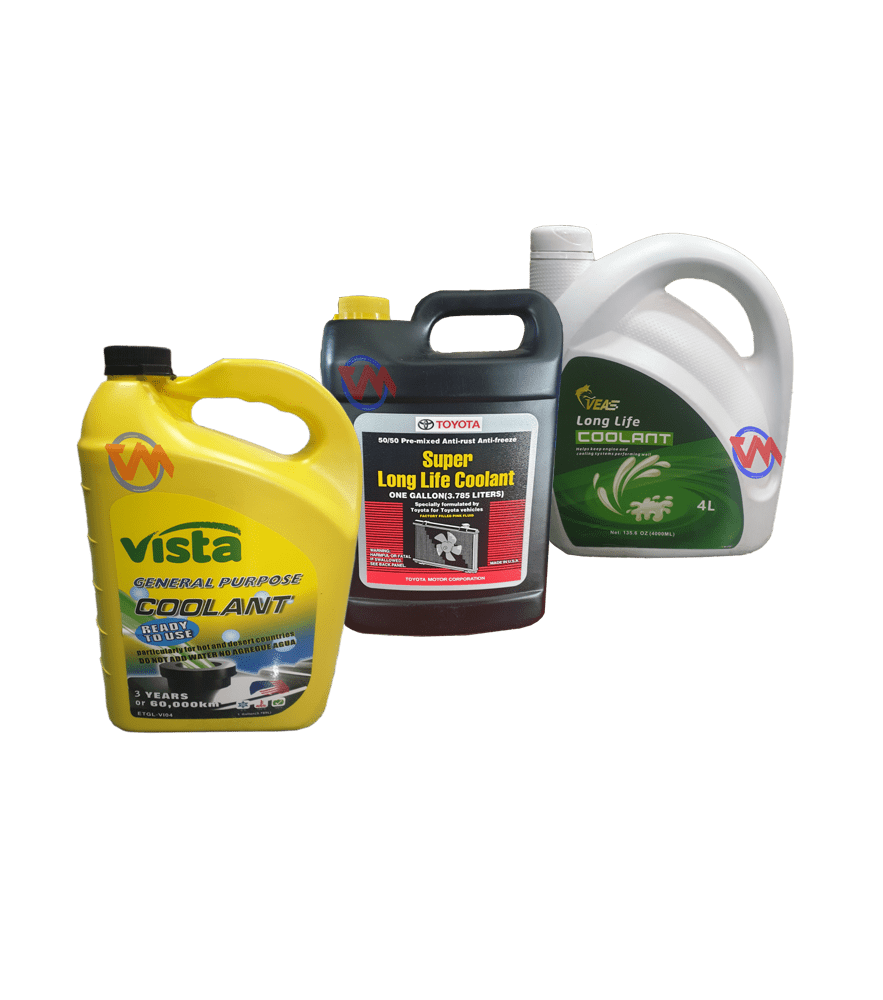
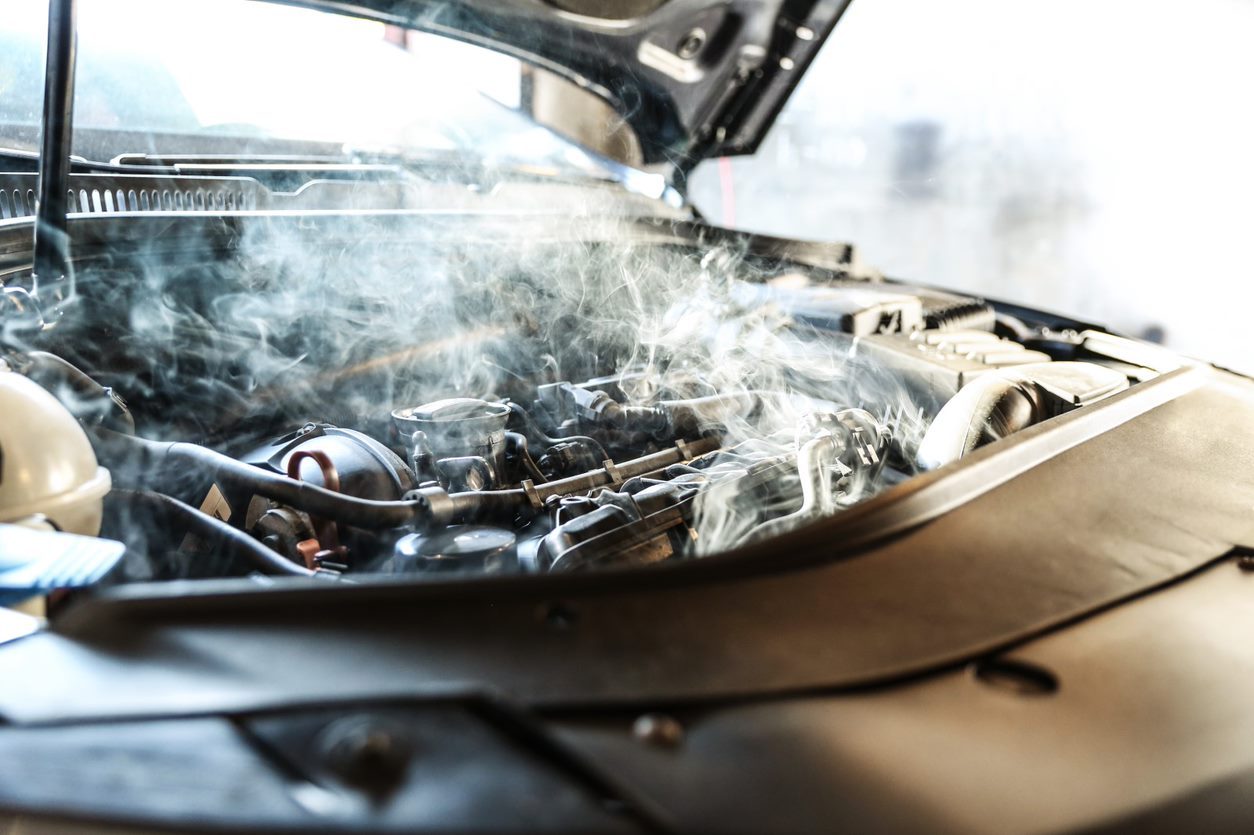
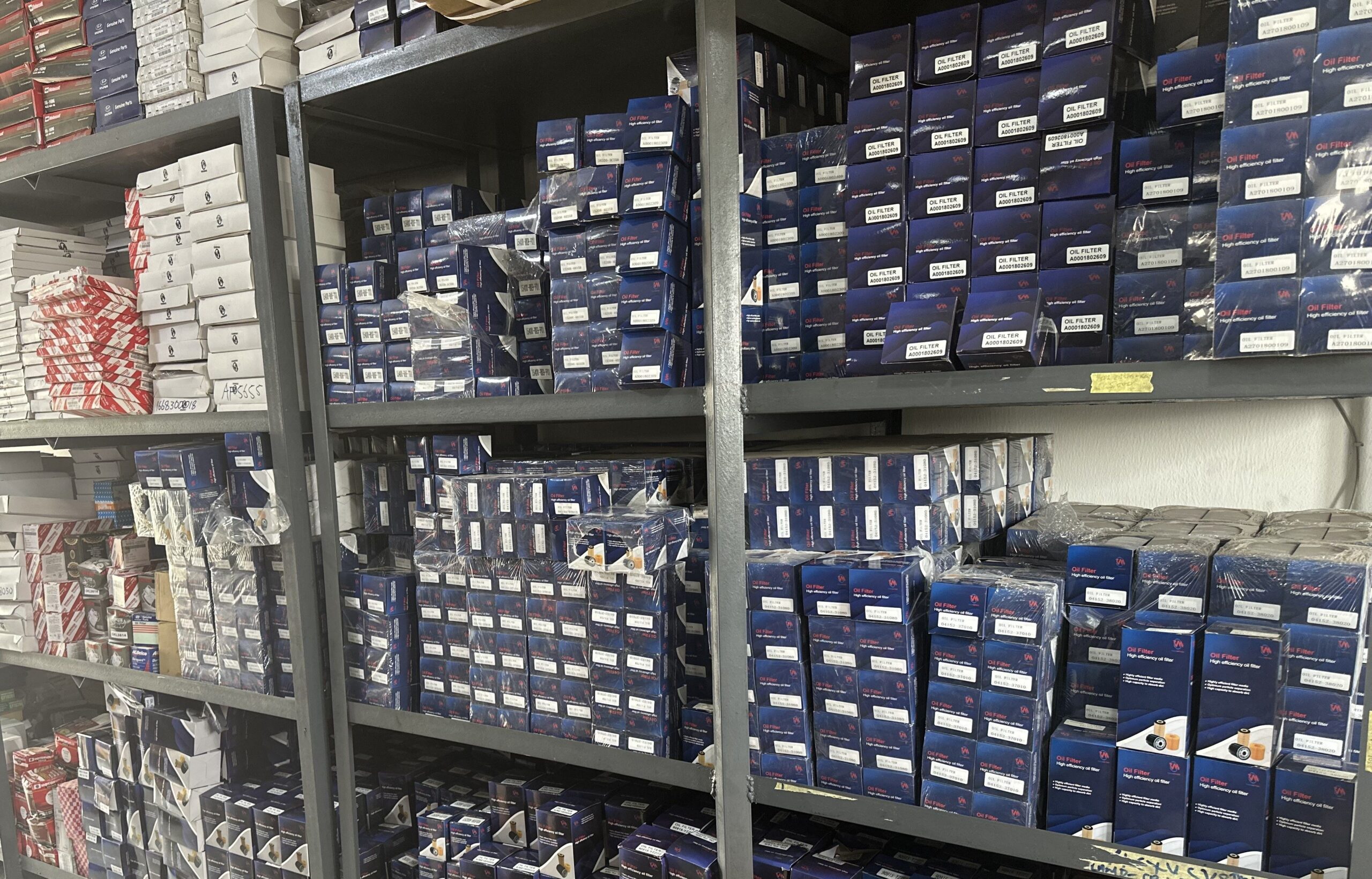

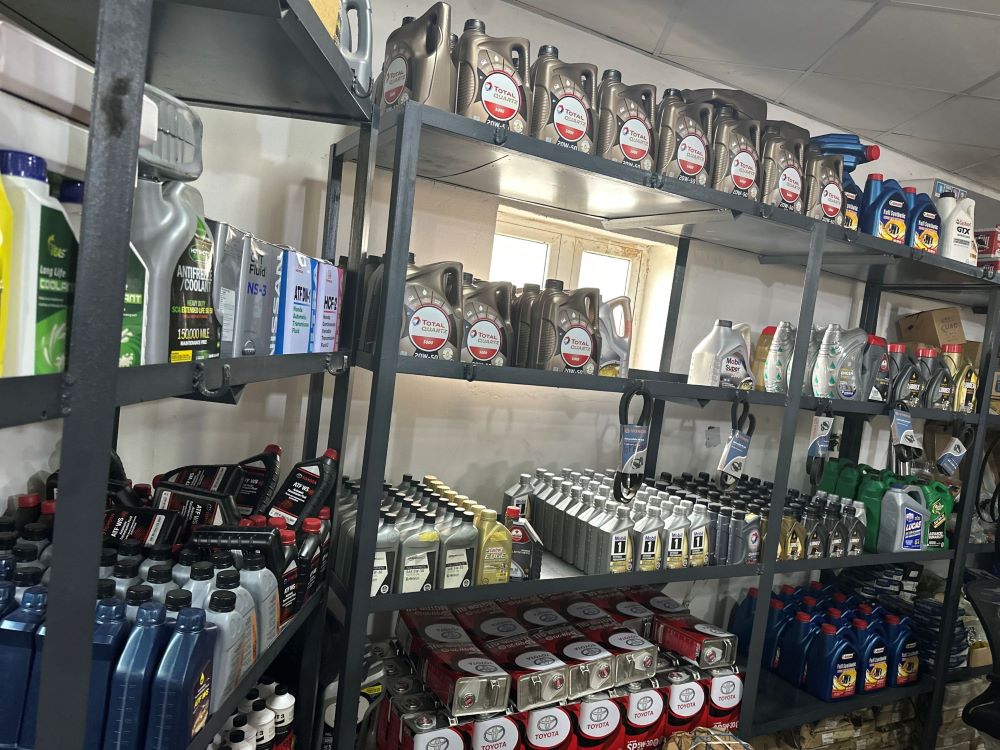
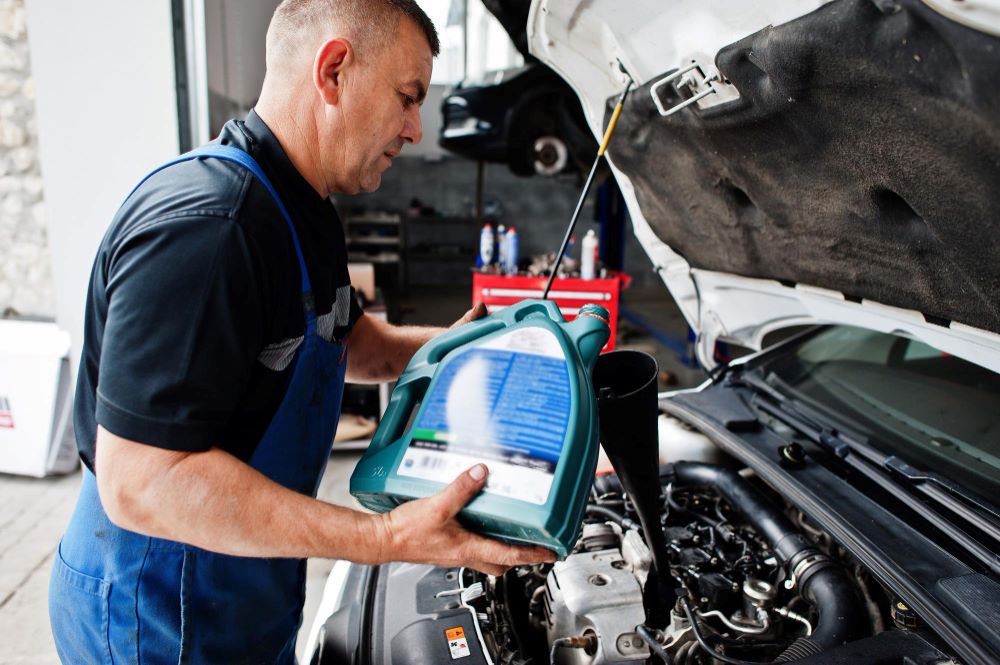
Leave a comment